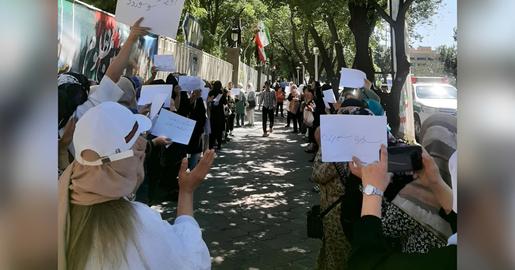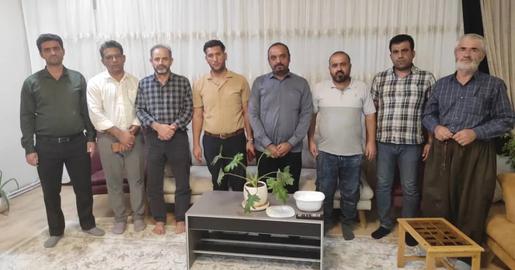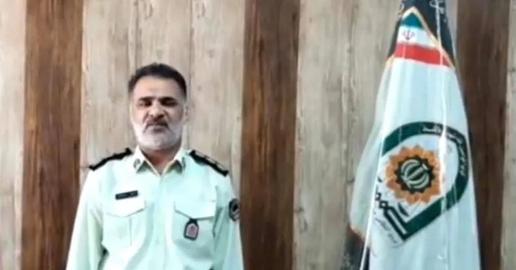Medical officials have admitted that a private hospital in Tehran could be treating its first Ebola patient. Though experts said it is highly unlikely that the 25-year-old patient has contracted the virus, they were unable to confirm this.
On February 16, the chairman of Shohada Hospital, Bahram Mofid, told Azad News Agency (ANA) that the hospital had carried out tests on a patient with Ebola-like symptoms before approving his transfer to a private hospital. Dr. Behrouz Hashemi, deputy president at the hospital, which is located in Yaftabad, northern Tehran, confirmed that “a 25-year-old man suspected of being infected with the Ebola virus was referred to the hospital. However, considering the fact that the patient had not travelled abroad, when we consulted Dr. Mahmoud Nabavi, the deputy of the Management Center of Epidemic Diseases at the Ministry of Health, he could not confirm that the patient is actually suffering from Ebola.”
“I want to emphasize that it this is an unconfirmed case of Ebola. If his condition had been confirmed, he would have been remained at Shohada Hospital in Yaftabad.”
In October 2014, the Minister of Health and Medical Education announced that a specially equipped laboratory had been set up to treat Ebola should any cases arise.
“We can use this laboratory in emergency conditions, even though there is no isolated room for the viral disease,” said Dr. Seyed Hassan Qazizadeh Hashemi at the time. But he admitted there were “a limited number of ICU units” available.
When he was asked about the threat of Ebola and Corona cases after people returned from Hajj pilgrimages in September 2014, the minister assured the public that there were no possibilities of outbreaks.
Ebola is a viral disease caused by the Ebola virus. The name “Ebola” derives from a river of the same name in the Democratic Republic of Congo, where the disease was first diagnosed and identified. Symptoms usually appear between two days to three weeks after exposure and include, fever, sore throat, muscular pains, headache, nausea, vomiting, diarrhea, weakness, and hemorrhaging.
Read the original article in Persian
visit the accountability section
In this section of Iran Wire, you can contact the officials and launch your campaign for various problems





















comments